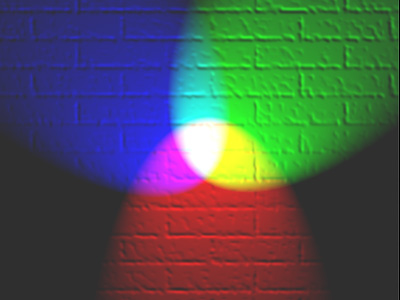The first I heard of this was on Robert Krulwich posted Minute Physics to his blog last week.
That’s why pink is an invention. It’s not a name we give to something out there. Pink isn’t out there. [Krulwich Wonders]
Here’s the Minute Physics explanation, which still leaves me with questions.
Questions
- If a color doesn’t appear in the rainbow, what does that mean?
- What about black? It’s clearly not in the rainbow. Is it not a color either?
- Since when is pink a combination of red and violet? Isn’t pink just pale red?
- Make cupcakes with red frosting. When you start to beat in the red food coloring, what do you see?
The truth is out there, and so is pink
So when we look at puffy clouds at sunset, at a carnation, this color we talk about when we say pink slip, pink collar, pretty in pink, tickled pink, in the pink, Pinky Lee, Pink Panther, Pink Floyd — this color doesn’t exist, except in our brains. [Krulwich Wonders]
It does exist. I’ve seen it. We all have. Rays of light from the sun, the same ones that refract through water droplets and create rainbows, scatter through the atmosphere and throw pink all over the sky. It only happens every day. Twice.
Red and Violet do in fact meet up. The red of the sun just below the horizon, the violet of the pre-dawn sky. Between them, in a place that travels with the rotation of the earth, is where pink occurs in nature. You have to get up early in the morning. It’s subtle, but it’s there. Every day. Here’s proof.

The Rainbow and The Human Eye
What Krulwich and Minute Physics didn’t take into account is that the colors of the rainbow are relative to the human eye. And the banding we see is only seen because of the way our eyes pick up light.
A rainbow spans a continuous spectrum of colours—there are no “bands”. The apparent discreteness is an artefact of the photopigments in the human eye and of the neural processing of our photoreceptor outputs in the brain. Because the peak response of human colour receptors varies from person to person, different individuals will see slightly different colours, and persons with colour blindness will see a smaller set of colours. However, the seven colours listed below are thought to be representative of how humans everywhere,[2] with normal colour vision, see the rainbow. [Wikipedia]
Still, we can see pink, and we don’t see it in the rainbow…
-Mike











Add comment